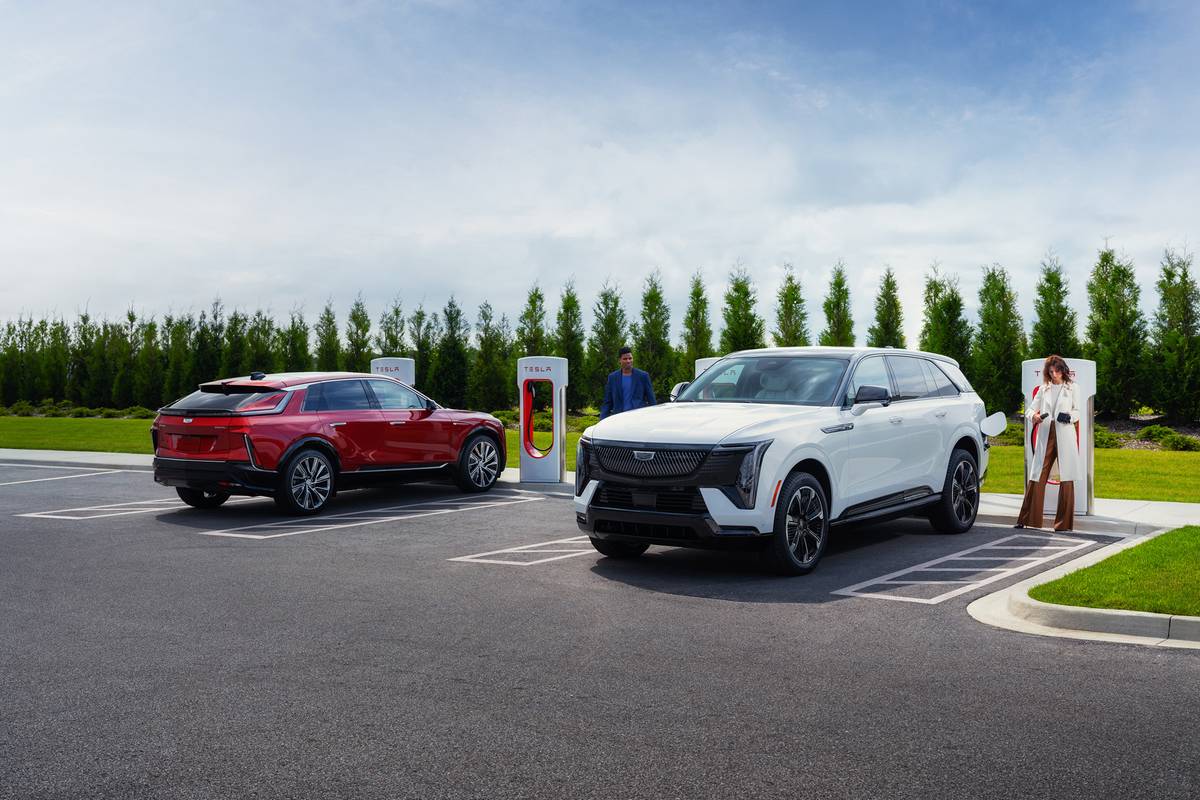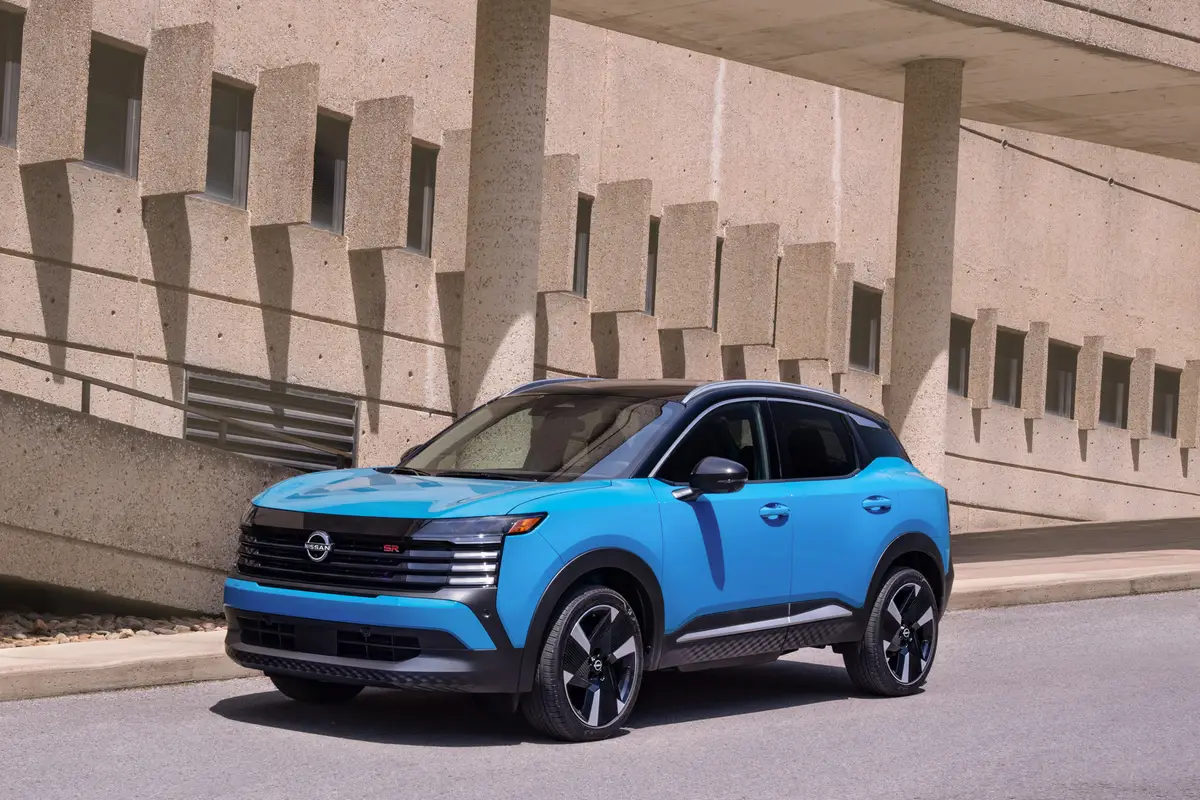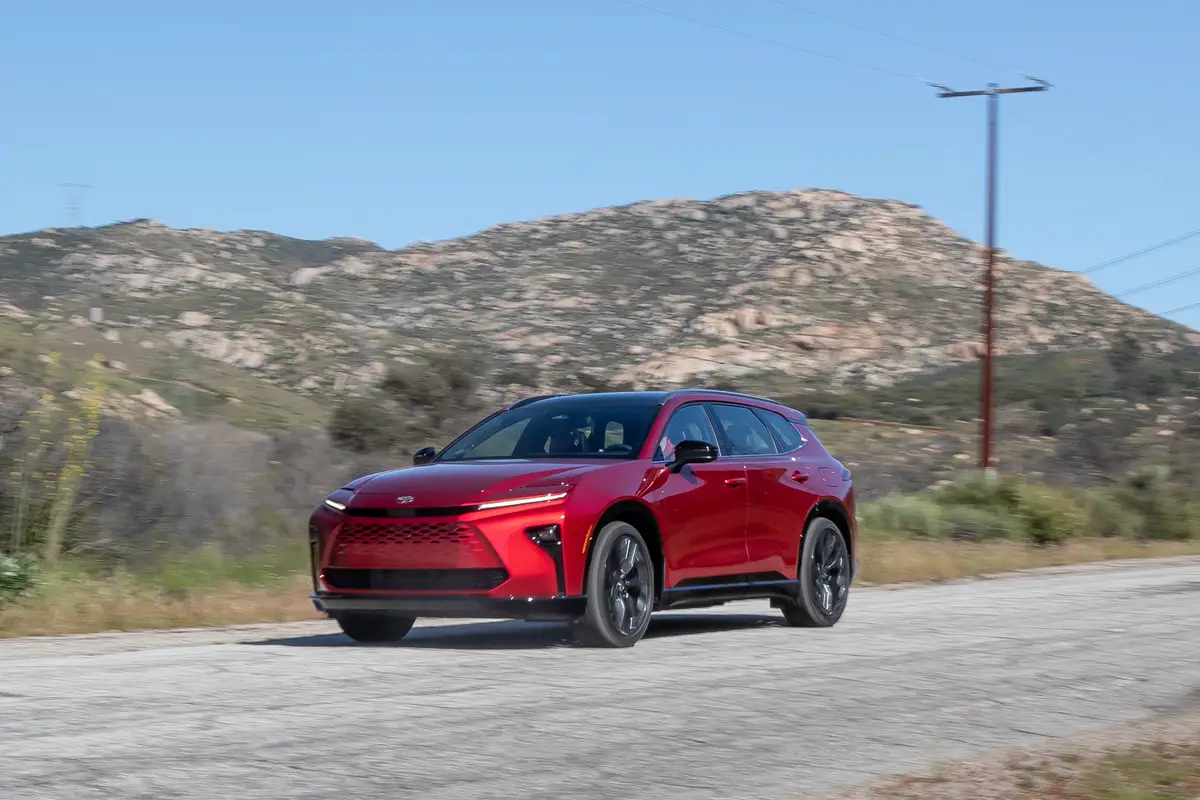chicagotribune.com's view
Mazda Miata.
The name is lyrical.
The car made the automotive world salivate when it appeared as a 1990 model. A British-style roadster with one major difference-it worked. A fun-to-drive, top-down, wind-in-your-face vehicle for the ’90s after a decade of fuel economy dictates that had drained the life from most cars.
It arrived from Japan, and stuck it to the domestic automakers again. They were turning out econoboxes high on mileage, low on emissions, mediocre in styling and pitiful in performance when the Japanese said, “Hey fellas, look at this!”
Lincoln-Mercury tried to piggyback on Miata’s success with the Mercury Capri two-seat convertible. But L-M forgot to play by industry rules, specifically the one that says if you aren’t first in the market with a product, you better be best when you arrive. L-M placed second in both categories and bid adieu to Capri this year. A pretender, not a contender.
The history books are loaded with gambles that failed-Edsel, Vega, Pinto, DeLorean, Bricklin, Yugo, the Cubs. Miata merits a separate chapter alongside such notables as Viper, Taurus and the Chrysler mini-vans when the volumes about successes are written.
Though Miata dared to be different, it had its shortcomings. Its 1.6-liter engine wasn’t a powerhouse. Mazda designed a rumble tone into the exhaust so you thought you were reaching warp speed in second gear when the cop with the radar gun parked in the bushes reached for another doughnut as the roadster passed by.
And while Miata aroused passion among drop-top aficionados, the car won admiring glances but thumbs down from safety advocates because it didn’t get a driver-side air bag until 1993 and didn’t pack a passenger safety cushion at all.
Miata marks five years on the U.S. market this year and to celebrate, it has righted past wrongs. It also came up with a couple of limited edition commemoratives-the luxury M version Miata and the performance R version. We tested the M version, the first in what Mazda says will be a series of limited-edition models.
For 1994, the rear-wheel-drive Miata offers a more powerful 1.8-liter, 128-horsepower, 16-valve, 4-cylinder engine to replace the 1.6-liter, 116-h.p., 16-valve, 4. It helps, but Miata still isn’t a screamer.
In fairness, it was designed for cruising. Sit back, lower the top, run up and down through the gears as you wander the countryside from early spring to late fall. Just you and one companion. No kids. Valhalla for a day. Stop for brunch or pack a basket and use the beach for a table. As dusk tickles the horizon, head home for the ointment to relieve the sun or windburn. Make it last, no need to go fast.
The slight boost in power from the 1.8 is focused at the low end to propel you a bit quicker off the line and into the flow of traffic, not simply to ensure you ramble the quarter mile at stopwatch speed.
You’ll still need-and Mazda still delivers-the British roadster rumble in the exhaust for the sound of performance.
The EPA mileage rating-22 m.p.g. city/27 m.p.g. highway with the 1.8 and 5-speed manual, 23/28 with automatic-indicates that the engine’s more geared to m.p.g. than m.p.h.
That’s why Mazda made an even more important change for 1994. The car now sports dual air bags, a necessity in a two-seat roadster that’s only 155.4 inches long built on a tiny 89.2-inch wheelbase. Dual bags take some of the worry out of having to compete with machines whose rocker panels stand as high as your car.
Anti-lock brakes are available, but as a $900 option. That’s a stiff price to pay for sure stopping regardless of road surface. Mazda needs to cut the ABS price in half and/or make it standard.
The top is manually operated. No need for power when all you have to do is reach back, unzip the rear plastic window, undo the two top latches up f ront and then slide the canvas into the carrying compartment. Some get lazy and fail to unzip the plastic window ($21,250 and no glass?). You can tell who they are-the ones with the permanent scar in the plastic. All you need to do is lower the top once without unzipping for that to happen.
Though a joy to drive, Miata would be even more fun if a change was made. The engine has been beefed up, ditto the suspension, but the 14-inch tires on our test car were the low-profile, sit-close-to-the-ground variety that performed at times as if they were 13-inch miniatures. The tires made handling a tad dicey at times as they squirmed for grip in sharp corners. Though the car sits low, we’d prefer that the tires didn’t.
You’ll also find that when traveling interstates with well worn channels from heavy truck traffic, the Miata tends to wander in search of a flat spot. That surfboarding feeling would be reduced if Miata was wider than those grooves in the road.
There also were a couple of annoyances that haven’t been resolved in Miata’s first five years, such as the placement of the cupholders in the center console. When a cup is in the holder, the gearshift lever is blocked. And a two-seater doesn’t need oversized interior door handles that dig into the thighs.
Though cargo carrying is virtually impossible, you don’t buy a Miata to tote your yearly vacation luggage or your weekly grocery supplies. The trunk is just about big enough for a suit carrier, provided the suit doesn’t come with two pairs of pants.
Because the Miata is tiny, visibility is a concern. The canvas top created no side or rear obstructions. And Miata engineers deserve praise for using large dual outside mirrors that provide a clear and panoramic view of all objects approaching from side or rear. Chevrolet should lift the design for its Camaro convertible.
Miata debuted in 1989 as a 1990 model for $13,800. Today Miata starts at $17,000 before you add $900 for ABS, $900 for air conditioning and $850 for automatic.
The limited-edition M model we drove starts at $21,250 with 5-speed, $22,100 with automatic. Air conditioning is standard (not available on the R model, and neither is automatic), but you must add $900 for ABS and $850 for automatic. Other standard equipment includes power steering/windows/mirrors/antenna, cruise control, AM-FM stereo with cassette and headrest speakers, wood accent gearshift lever/emergency brake handle, tan leather interior, tan vinyl convertible top cover, floor mats, cupholders, wheel locks, M badging on the front quarter panels and a special Montego blue exterior finish that’s a bit chameleon-like-it appears to be blue or green or black, depending on sun and shadows.
If you’d like an optional hardtop to slip over the canvas, add $1,500 on all except the R version, on which it isn’t available.
Miata is expensive and, because of i ts size, a terribly impractical hauler of people and their things.
But it’s also one other thing-a heck of a lot of fun. It was a blast at $13,800, and with the sticker now at $21,250, it still is.
Since Miata bowed, more than 300,000 have been sold. To increase its reach, Mazda has launched a new leasing program with payments as low as $199 a month for 36 months with a down payment of $1,000. Disposition, early termination and purchase option fees, which could run $350 or more, have been eliminated.
1994 Mazda Miata R
It looks British and sounds British, so, of course, it’s Japanese.
That’s the new Mazda Miata R, a limited-edition machine, complete with racing stripes, that will have the casual observer ask, “Another Cobra replica?”
No, not a replica. A real car. Mazda affixed an exterior decor package to the regular Miata to transform it into a limited-edition number to commemorate Mazda’s fifth year in this market.
The R is one of two limited-edition models that commemorate Miata’s fifth anniversary. The other is the M, which is a bit more civilized.
The R sports racing stripes, but it doesn’t offer such amenities as automatic transmission, factory air conditioning (it can be ordered through the dealer, however, at $900), power steering or an optional hardtop to cover the canvas drop-top for year-round driving.
For 1994 the rear-wheel-drive Miata offers a more powerful 1.8-liter, 128-horsepower, 16-valve, four-cylinder engine to replace the 1.6-liter, 116-horsepower 16-valve. It’s not a fire-breather, but you don’t buy a Miata as much to race from light to light as you do to play from hill to curve, with an occasional straightaway thrown in while touring the countryside. The mileage rating-22 m.p.g. city/27 highway with the 1.8 and 5-speed manual transmission-is evidence that the car isn’t meant for the track.
Lacking power steering, the Miata R requires some sinew to be maneuvered, even though it’s built on only an 89.2-inch wheelbase, is only 155.4 inches long and tips the scales at 2,200 pounds. At times you feel as if you’re moving the Queen Mary. Don’t expect to slip into or out of the parking space without a bit of effort.
If you want sportster fun with some luxury thrown in for good measure, the Miata M is the choice. If you think full power accessories and a suspension tuned to provide cloudlike ride and handling simply coddle occupants and should be reserved for those opting for four-door luxury sedans, then the R is your car.
The R isn’t totally low-tech. It offers dual air bags, the first year the Miata has done so. (A driver-side bag was offered from 1990 to ’93.) Anti-lock brakes are a hefty $900 option. Add that to the $17,000 base price.
One joy of the R, in addition to playing with the five-speed, is dropping the top. It’s manually operated, because you don’t need a motor when all you need to do is reach up with one hand to lower the canvas into the compartment directly behind your head. But, as with the Miata M, never lower the top without unzipping the plastic rear window first, or you will crinkle the plastic.
Miata may be small in stature, but it’s huge in terms of enjoyment. Toss back the top, head for the back roads and enjoy.
Latest news



